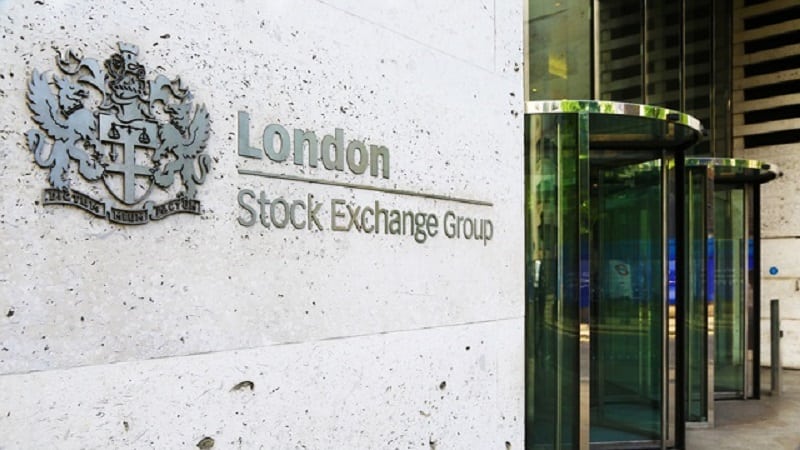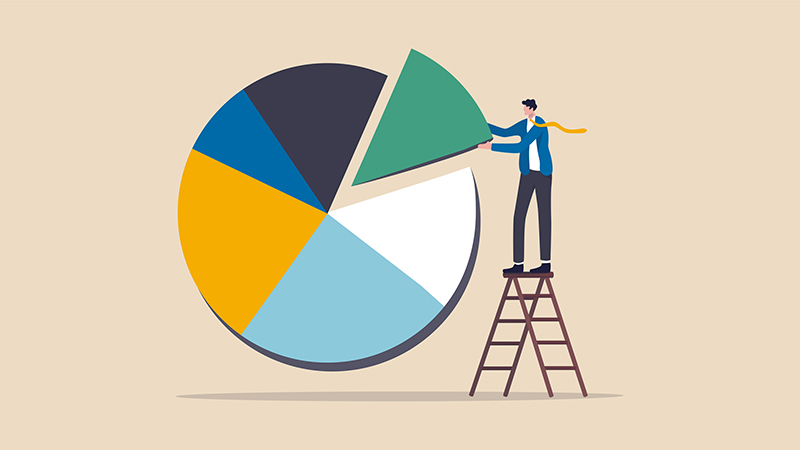As with investments in other emerging market regions, Latin American equity funds have unsurprisingly not had the best of times in recent years.
Among the best-performing asset classes between 2010 and 2012, when South American economies benefited from Asian demand for natural resources, these markets have since suffered given the end of the so-called ‘super-cycle’ in commodities.
It is not all just about commodities in this region, though the growing middle classes are certainly feeling the pinch as the likes of Brazil, Chile and Peru slip closer to recession.
More new beginnings
“South America is known for deceitful political promises of ‘new beginnings’ and frustrated voters taking to the streets to express their deception, loud and clear,” says Samy Chaar, investment strategist at Lombard Odier.
“Foreign investors will be unwilling to see their capital caught in situations where, when push comes to shove, politicians would rather side with public opinion. As such, it is no surprise that capital flows to emerging markets are already shunning South America in favour of Asia – exacerbating current account deterioration, currency depreciation and sovereign spread expansion across the region.”
But it is not all doom and gloom, with certain markets seeming at attractive valuations and there are some undoubtedly skilled stockpickers in this region who are capable of finding decent growth opportunities.
Brazil may be the major powerhouse in the region, though Brazil-specific funds have suffered more than most. BNY Mellon Brazil Equity Fund is the best of a bad bunch having lost 26% in the five years to 5 November, according to FE Analytics. Others from JPMorgan and HSBC were down closer to 40% over the same timeframe.
Of wider regional funds, a handful have actually made money over five years, notably First State Latin American, run by Tom Prew and Millar Mathieson, which is up a very healthy 24% owing much to an historic underweighting to Brazil and overweight position in Chile.
Dealing with debt
Certainly, showing faith in a long-term view is vital in this region, where markets have been dealing with numerous macroeconomic risks, including the ongoing consequences of Argentina’s debt default, and the fallout from Brazil’s election of Dilma Rousseff, which disappointed markets after Aécio Neves of the pro-business PSDB lost out at the last minute.
“Adding further pain is the fall in agricultural commodity prices which has affected a number of core export industries in Latin America, for example soy bean having fallen over 9% year-to-date,” says Markuz Jaffe, research assistant at FE Research.
He adds that investors should be wary of Latin American because the economies are heavily exposed to the strength of the dollar, meaning businesses are vulnerable to factors outside their control.
Latin America is very much a contrarian choice for the time being then, though given the inherent unpredictability of the emerging world, and indeed commodities markets, it’s always worth keeping at least a small holding in a well-diversified portfolio.
You can read more on Latin American markets in the forthcoming December edition of Portfolio Adviser, out soon.










